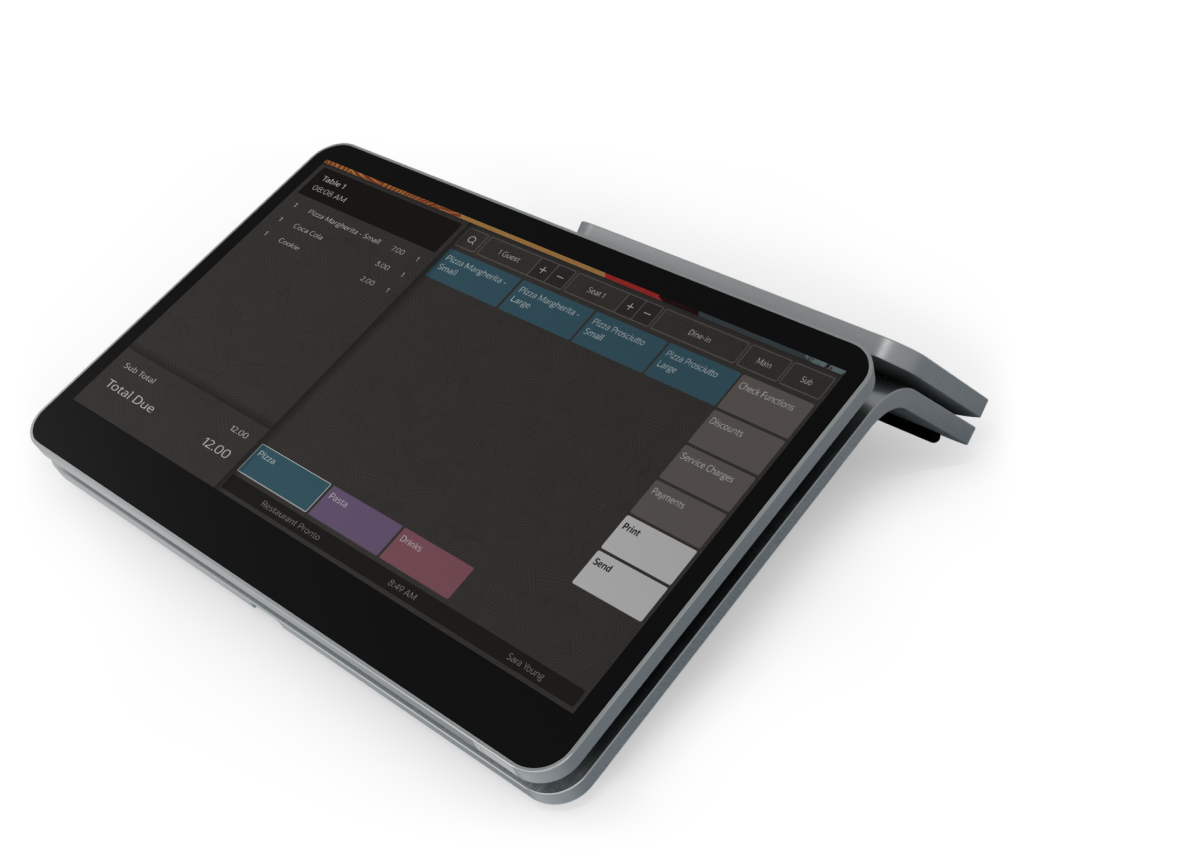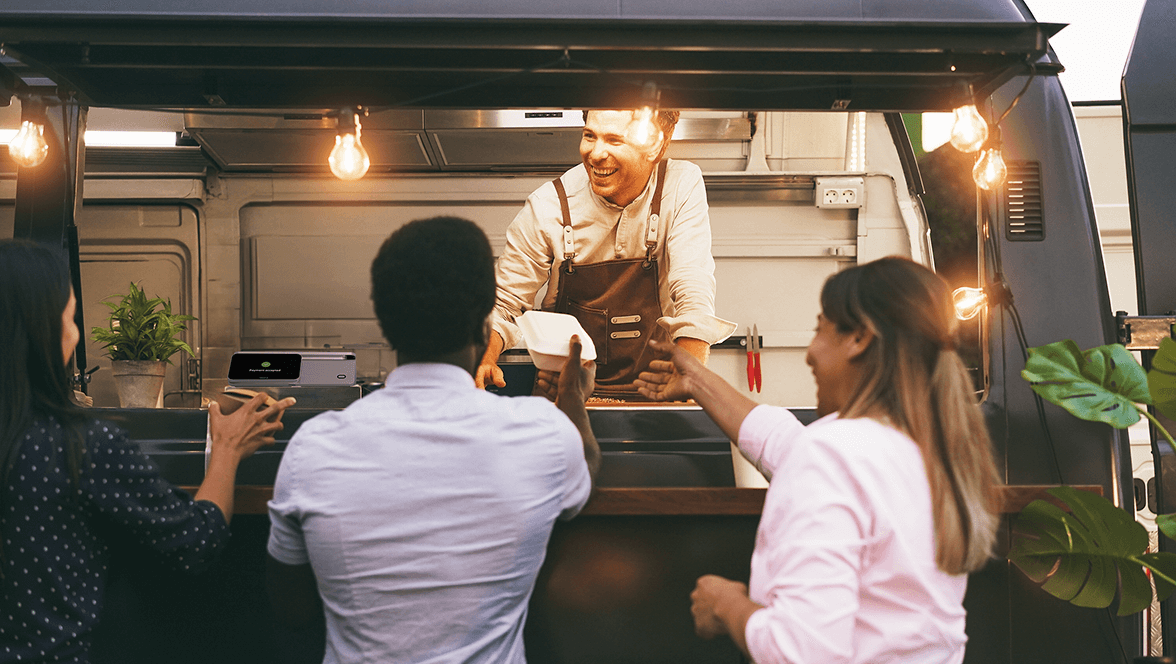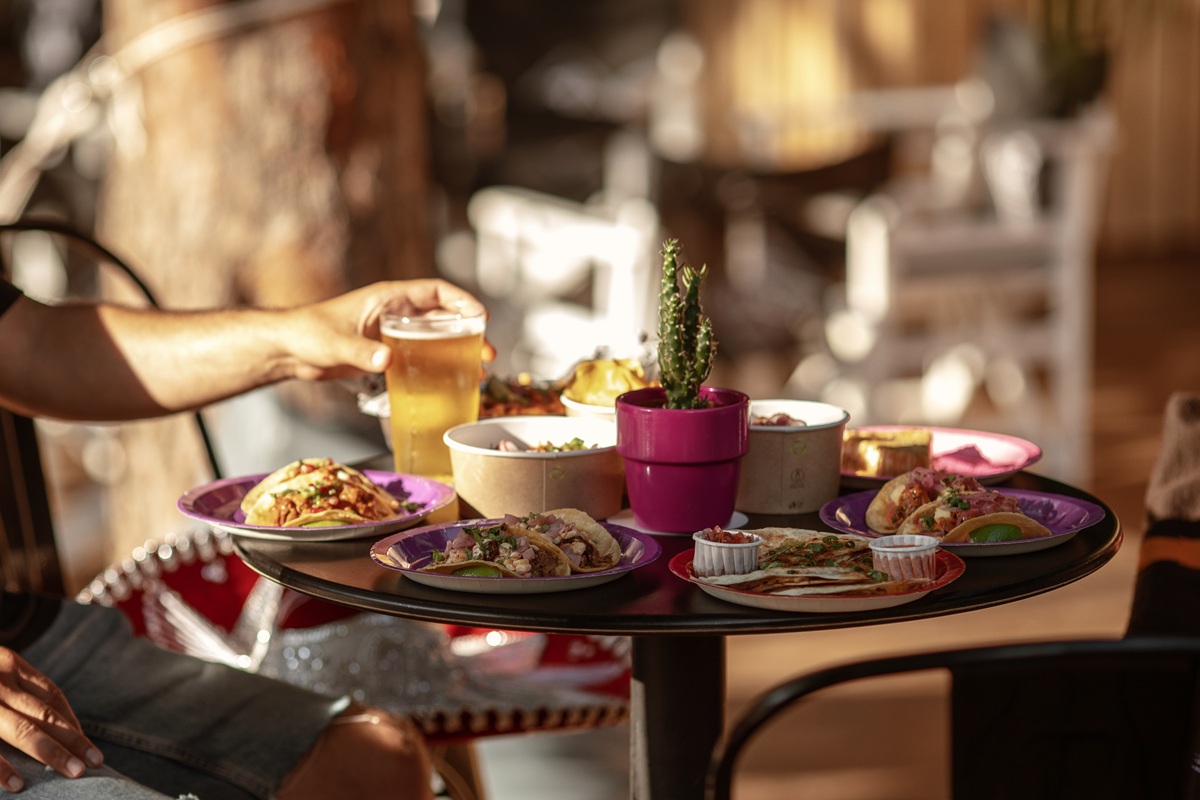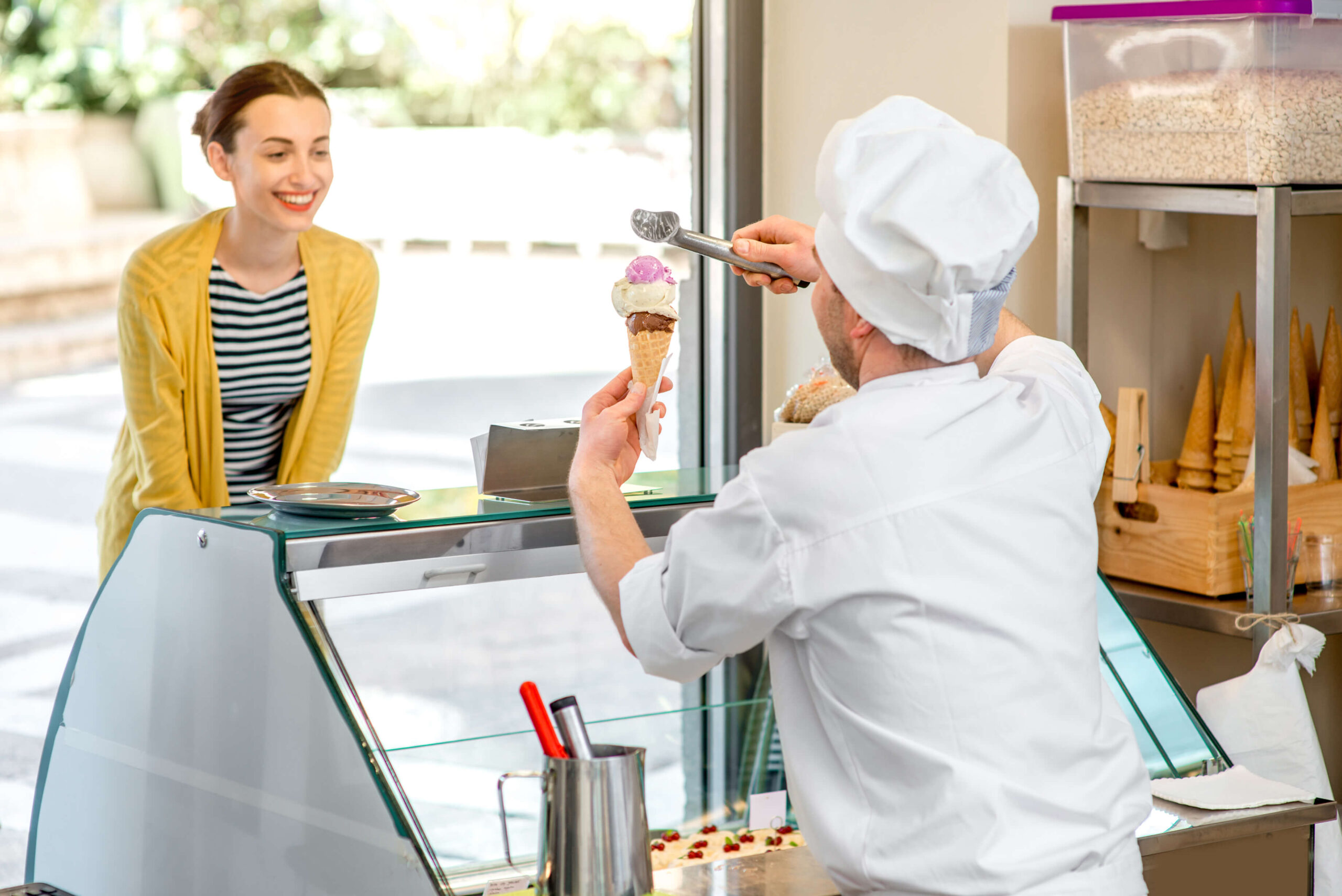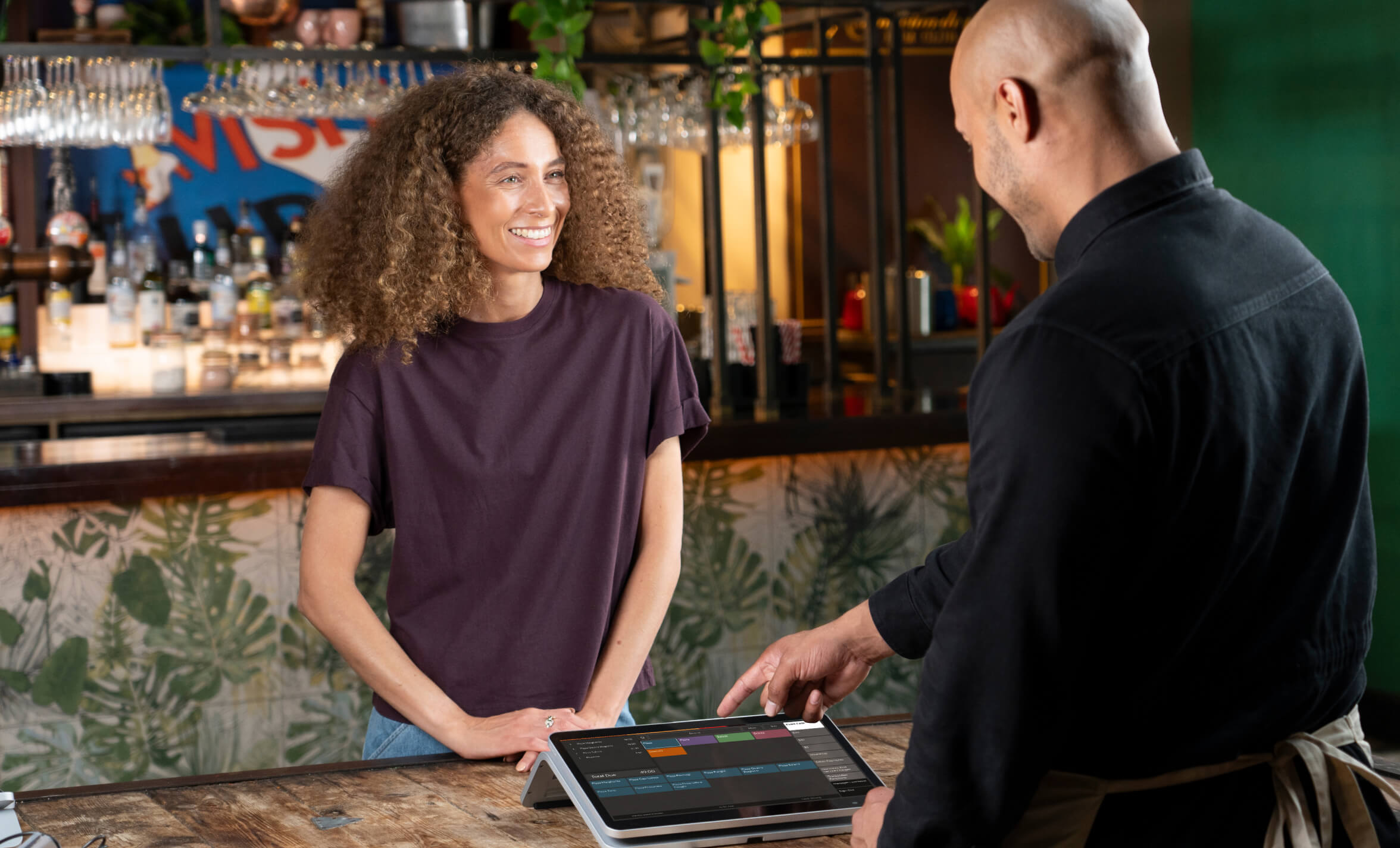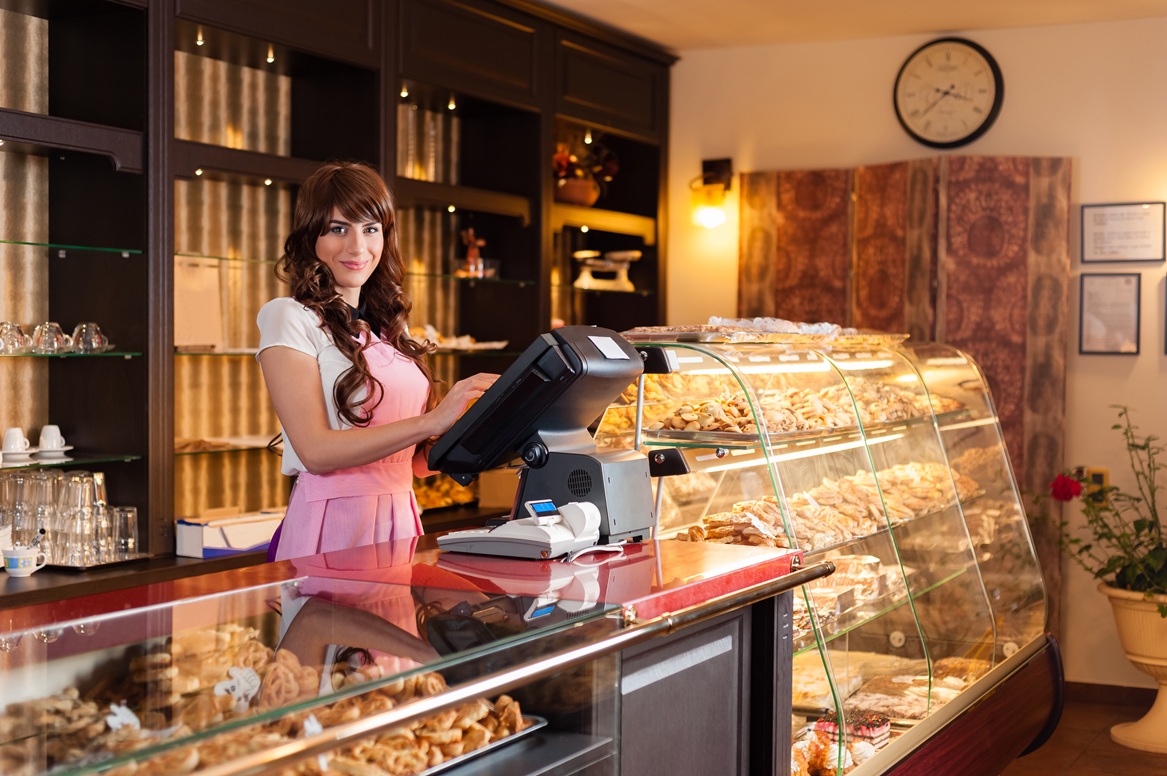- 1. Create a food truck business plan
- 2. Obtain the licenses and permits you need
- 3. Create an irresistible food truck menu
- 4. Buy or rent the food truck you’ll use
- 5. Purchase your food truck equipment
- 6. Get a dedicated food truck POS
- 7. Hire the necessary staff
- 8. Look for perfect locations for your food truck
- 9. Create a website and enable pickup & delivery
- 10. Create a bulletproof food truck marketing plan
- Frequently Asked Questions
To start a food truck business, you will need to focus on creating a business, plan, obtaining the necessary permits, developing a menu, securing the right equipment and staff, and choosing the best technology solutions. In this article, you will find a step by step guide.
Did you know that food trucks have a profit margin percentage of 6.2%, which is significantly higher than most typical restaurants? Moreover, in 2024, the average revenue for food trucks was $346.000.
These statistics make owning a food truck very attractive. But do you know what you need to start a food truck? If you’re tempted to venture into the food business, read this thorough guide that includes everything you need to know.
- Create a food truck business plan
- Obtain the licenses and permits you need
- Create an irresistible food truck menu
- Buy or rent the food truck you’ll use
- Purchase your food truck equipment
- Get a dedicated food truck POS
- Hire the necessary staff
- Look for perfect locations for your food truck
- Create a website and enable pickup & delivery
- Create a bulletproof food truck marketing plan
What Is a Food Truck?
In simple terms, a food truck is a small restaurant on wheels. It can be any type of motorized vehicle, such as a van, truck, or trailer that is equipped to store, prepare, and sell food to customers.
Here are the main characteristics of a food truck:
- Small menu: as there is limited space to store ingredients, the menu will have to include only a few star dishes;
- No seating: the small space doesn’t allow for transporting chairs and tables, so food trucks will mostly focus on to-go orders;
- Service at the window: without seating, all orders are placed and received at the window.
Food truck vs restaurant
While both food trucks and restaurants focus on serving food to interested customers, the set-up costs, operations, and mobility vary vastly between the two. Oftentimes, food trucks are viewed as a gateway to owning a restaurant.
Here are the main differences between food trucks and restaurants:
- Initial investment: buying or renting a food truck will be considerably cheaper than getting a location for a restaurant. Furthermore, the cost for equipment and inventory will be smaller for a food truck;
- Location: choosing a location near important landmarks with a lot of foot traffic is imperative for successful restaurants. Food trucks enjoy the flexibility of changing locations to chase their audience;
- Profitability: because the initial investment is lower for food trucks, these type of food establishments will become profitable a lot faster compared to conventional restaurants;
- Operations: due to limited space, food trucks will have a smaller amount of equipment with fewer employees, which makes the operational process simpler.
10 Main Types of Food Trucks You Can Open
One of the first steps you must take when figuring out what you need to start a food truck is choosing a concept. To do so, you need to answer two important questions:
- What are you passionate about? What is the food you would like to cook and share with customers? Maybe you have some traditional family recipes, or you really enjoy a specific type of dessert.
- Who is your target audience? What are their demographics and food preferences? For your food truck to be a success, you need to have people interested in buying your product.
While you’re trying to figure out the answers, get inspired by these popular types of food trucks:
- Coffee and pastries food trucks: this is a popular choice in very busy areas, especially near offices because it gives clients the opportunity to grab a quick and delicious breakfast;
- Street food trucks: by focusing on a specific dish like tacos or kebabs, food trucks will attract a loyal audience. Only serving one type of dish with different toppings also makes the service faster;
- Fast-food trucks: these are a classic because people are always on the lookout for a classic burger and pizza that they can enjoy in minutes after ordering them;
- Gourmet food trucks: impress clients and distinguish yourself from other food trucks by using specialty or novelty ingredients. For example, truffles, fresh pasta or bottarga paste;
- Dessert food trucks: cater to people with a sweet tooth by selling your preferred dessert, such as waffles, churros, pancakes, muffins, or other easy sweets to prepare in a mobile van;
- Ice cream trucks: appeal to the pleasant nostalgic feeling by selling hand-made ice-cream with a variety of toppings;
- Vegetarian or vegan food trucks: become the go to spot for people who have a vegan or vegetarian diet by cooking delicious dishes without animal-based products;
- Specific type of cuisine food trucks: stand out from competitors by choosing a cuisine that is new for your area, such as Korean, Indian, Italian, etc.;
- Cocktail trucks: if your local legislation permits, open a cocktail truck that will be a hit in the spots where night life is popular in your city;
- Charcuterie food trucks: focus on providing quality ingredients such as locally sourced produce, meats and cheeses that require no preparation.
Are Food Trucks Profitable?
Just like many other businesses, food trucks have the potential to be profitable, but their success depends on a variety of factors like:
- Location
- Menu
- Pricing
- Marketing
- Consistency
- Client retention
Food truck success rate

Here are a couple of statistics that will help you get a better idea of the food truck success rate:
- The market size of the Food Trucks industry in the United States is $2.4bn in 2025;
- There are 58,064 businesses in the Food Trucks industry in the United States, which has grown at a CAGR of 15.9 % between 2020 and 2025;
- Most full-time food trucks generate between $250,000 to $500,000 in gross revenue per year, with operating margins between 7%-8%;
- 40% of food trucks are still operating after 3 years of starting.
How much do food trucks make at festivals
Participating in festivals is a great source of income for food trucks, especially in the low season when they don’t get as many clients in the regular locations.
But the amount of money food trucks make at a festival can vary greatly according to the festival’s size, visitor numbers, and associated costs like participation fee.
A common rule for festival food venders is the 5% sales. More exactly, you can expect to sell one meal for every 20 people at the event, serving approximately 5% of the audience.
Another estimation promises about 30-50% net profit from a festival with the following expenses and sales:
- Food sales $32,000
- Pitch fee: $8000
- Stock/staff/travel costs: $8000
How Much Does It Cost to Start a Food Truck?
Before we dive into what you need to start a food truck, let’s take an overall look at the amount of money you can expect to pay to set up this type of food business.
Food truck startup cost breakdown

These prices are an approximation, and they can vary greatly according to location, local regulations, vehicle type, and cuisine. Nonetheless, they will help you create an estimative budget for your business.
The overall cost for starting a food truck is between $70,000 and $130,000 and includes:
- 27% of total costs incurred by a food truck go toward paying employee wages;
- Food purchases account for 43.1% of total food truck costs;
- Rent/utilities represent 6.3%;
- Licensing and Regulations can be up to $2,000 annually;
- Vehicle maintenance costs average $1,000 annually, and fuel costs can take up to 10% of monthly revenue;
- Food trucks can expect to spend 20% of their initial budget on branding and marketing;
- Food waste for a food truck is estimated at 14% of the inventory.
What You Need to Start a Food Truck: An Easy-to-Follow Checklist
If you’re ready to jump on a food selling adventure, this easy guide will take you through all the necessary steps of starting a food truck:
1. Create a food truck business plan
What you need to start a food truck is a thoroughly documented business plan. An accurate food truck business plan will help you estimate all your costs and expenses, have a better view of the market, and a detailed plan on how to succeed.
Here is what your food truck business plan must include:
- Market analysis: is there a demand for what you are trying to sell? How many direct and indirect competitors will you have? What is your competition doing right and how can you outshine them? Can you identify a niche that will make your business stand out? What are foodies looking for?
- Mission, values, and concept: what is the vision for your brand? What makes your food truck special? What value do you bring to your customers?
- Staff members: how many people do you plan to hire and how will you do it? What will you pay them, will there be benefits? What will be their exact responsibilities?
- Sample menu: even if is just a draft, creating a sample menu will help you more accurately predict your expenses;
- Branding elements: such as logo, colors, food truck design that create a cohesive image of your business;
- Marketing plan: how do you plan to get the word about your restaurant and what is your budget? What platforms will you prioritize and what types of posts do you want to use?
- Sales forecasts and operating expenses: great for both attracting investors and keeping yourself accountable when you start spending money;
- Business operations: what technology are you going to implement on your food truck? What are your hours of operation? How will you track inventory, expenses, and sales?
2. Obtain the licenses and permits you need
You can’t open a food truck business without respecting all the local laws and regulations. Otherwise, you risk getting sizable fines that will eat into your profit or even having your establishment closed.
What licenses are needed to start a food truck
Keep in mind that licenses can vary from city to city, this is a general list: business license, vehicle registration, insurance, fire certificate, food service license, employer identification number, alcohol license.
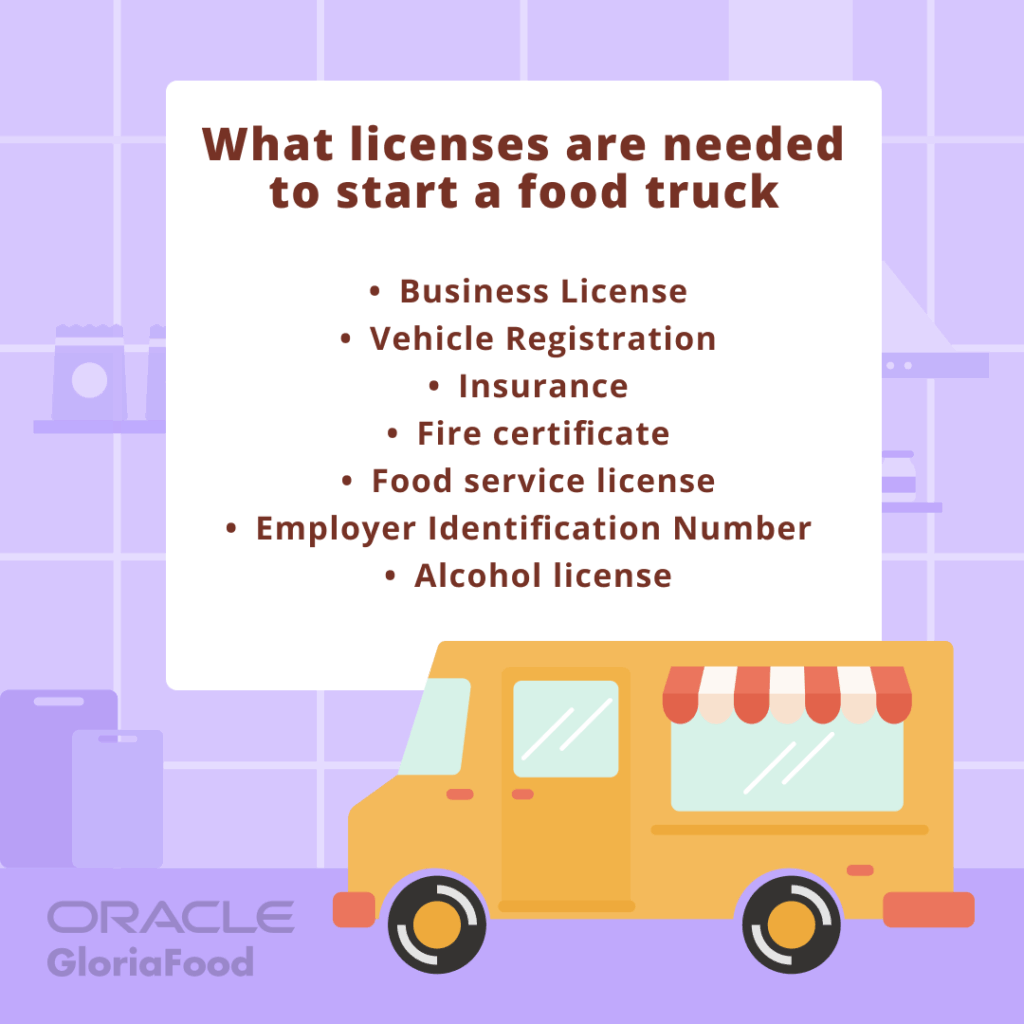
What permits do you need to start a food truck
The permits can also be different for every region, but you are likely to need a version of the following:
- Health department permit
- Food truck or mobile food facility permit
- Food handler’s permit
- Parking Permit
- Special Events Permit
The best food to sell on a food truck is one that you can prepare fast and that caters to your target audience’s taste. Here are a few tips to create an irresistible food truck menu that increases client retention:
- Keep it short: the ideal food menu should have no more than seven items. This helps customers decide on their order faster, which in turn speeds up service and helps you serve more customers in a day. A small menu also allows you to keep better track of your inventory and avoid food waste;
- Allow customization: enhance customer experience by enabling customer to add toppings to their dishes. Clients can create the best menu item for them while you increase your profit by charging more for add-ons;
- Incorporate food trends: participating in trends will increase your visibility and help you reach a new audience;
- Include high-profit menu items: that cost little to produce, such as chips, popcorn, pizza, pasta, and jacket potatoes;
- Make it easy to read: each person that is waiting in line for your menu should be able to read the menu so they can decide on their order before they reach the window.
What do you need to run a food truck that clients keep coming back to? An easy way for clients to place orders!
If you want to make your menu readily available for clients and forget about the hassle of updating it, how about switching to a QR code menu? Clients can scan it as soon as they join the line and browse it leisurely.
You can even allow them to order and pay using their mobile phones to further increase efficiency. What’s more, you can instantly update the QR code menu and even mark items as out of stock if you run out of ingredients.

Experience ordering via QR code from your customers’ perspective and notice how easy it is for them to place orders using their mobile phones:
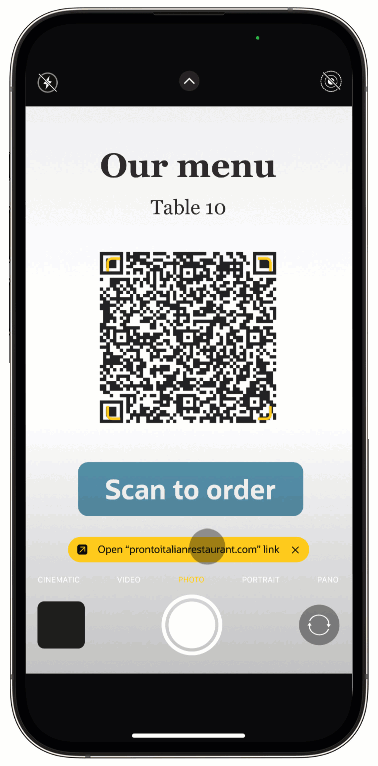
On top of the fast service, a QR code menu can help you upsell and cross sell without making clients feel uncomfortable. Simply add promotions to the top of the menu so customers won’t miss them when they start browsing.
4. Buy or rent the food truck you’ll use
What do I need for a food truck? The most obvious answer to what you need to start a food truck is a vehicle to serve as your preparation and selling point. You have two main options:
- Rent a food truck: if you don’t have a big starting capital, can’t rely on investors, and don’t want to risk a big investment, renting can be a good solution until you start making a considerable profit. If your business goes well, you can graduate to buying your own food truck;
- Buy a food truck: if you have the money to invest, buying the food truck will give you greater control over your business, including customization options for the vehicle. For marketing purposes, you will need to wrap the vehicle to fit your brand’s aesthetic;
On top of the rent or buying costs, take into consideration you will also have to update the interior to pass the health examinations and make it easier to run your business inside.
5. Purchase your food truck equipment
What equipment do you need to start a food truck? This depends on your type of cuisine and concept as the cooking utensils are different for an ice cream truck as opposed to a burger food truck.
Here is a general list of equipment that you can copy and mark the ones you find useful to better estimate your food truck startup cost:
Food storage and disposal equipment:
- Refrigerators and freezers
- Separate sinks for food preparation and hygiene
- Food disposal containers
Cooking equipment:
- Ovens and Microwaves
- Grills and fryers
- Toasters
- Food warmers
Preparation supplies:
- Thermometers
- Aprons, gloves, masks, hairnets
- Cutting boards, cutters, knives, cutlery
- Utensils and cookware
- Disposable items
- Packaging
6. Get a dedicated food truck POS
When people order from a mobile food service, they expect to be served fast. You can’t provide that if you are still taking orders by hand. Doing it old-school can also lead to a lot of human errors that will cost you when people start writing bad reviews.
The solution? Start using food truck POS software! Here’s how the GloriaFood food truck POS can help you take your food truck to the next level:
1. Dedicated food truck POS layout with color-coded menu categories
To help you and your staff easily find menu items so you can guarantee clients a speedy service.
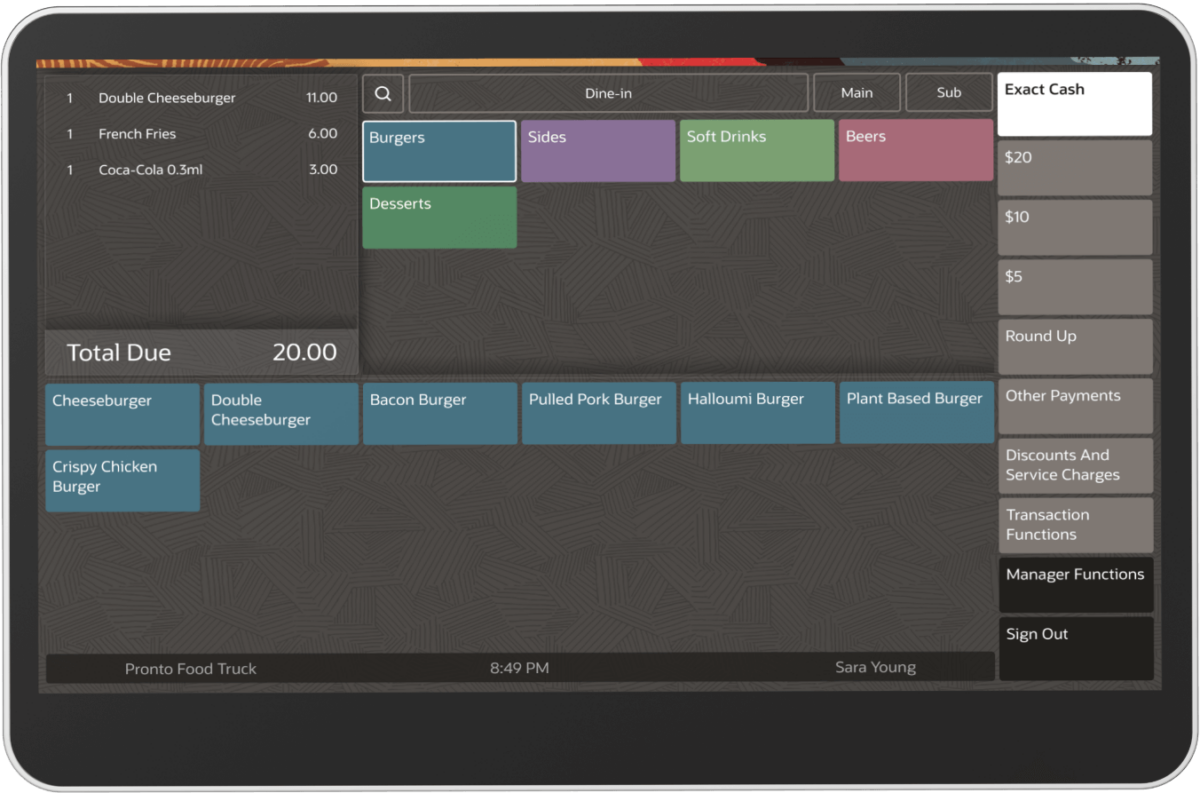
2. Place orders faster with on-screen smart gestures
- Swipe to the left or to the right to delete an item from the check
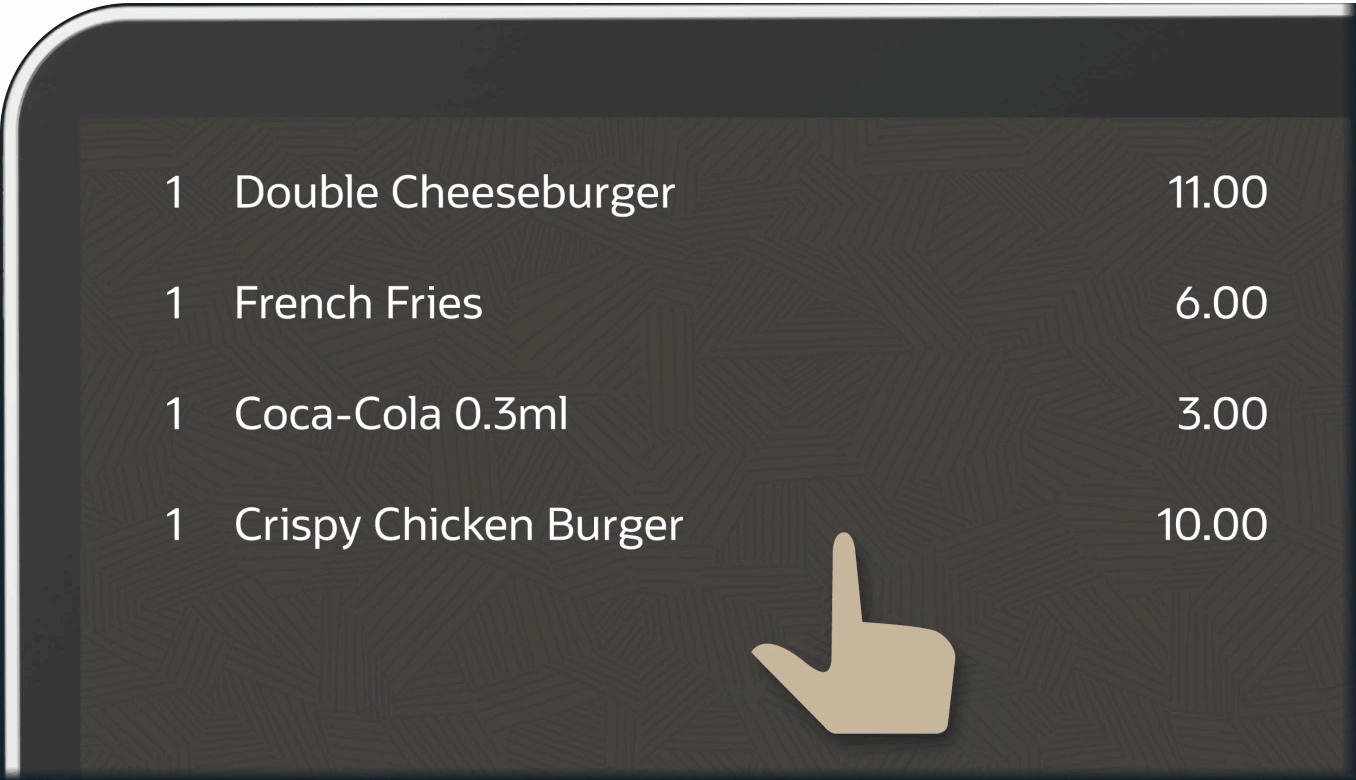
- Click the quantity of a menu item in the check detail to increase the number by 1
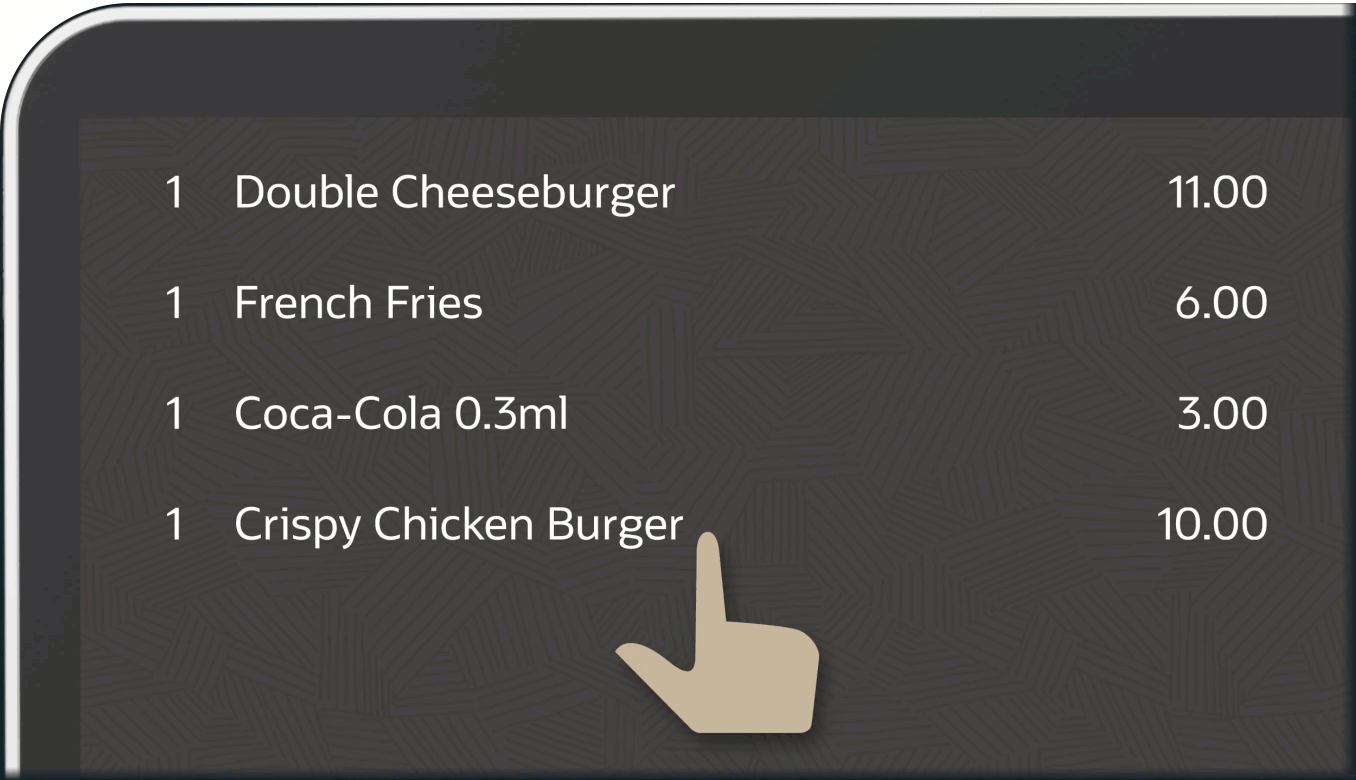
- Long hold (long click) to reset the quantity to the original value
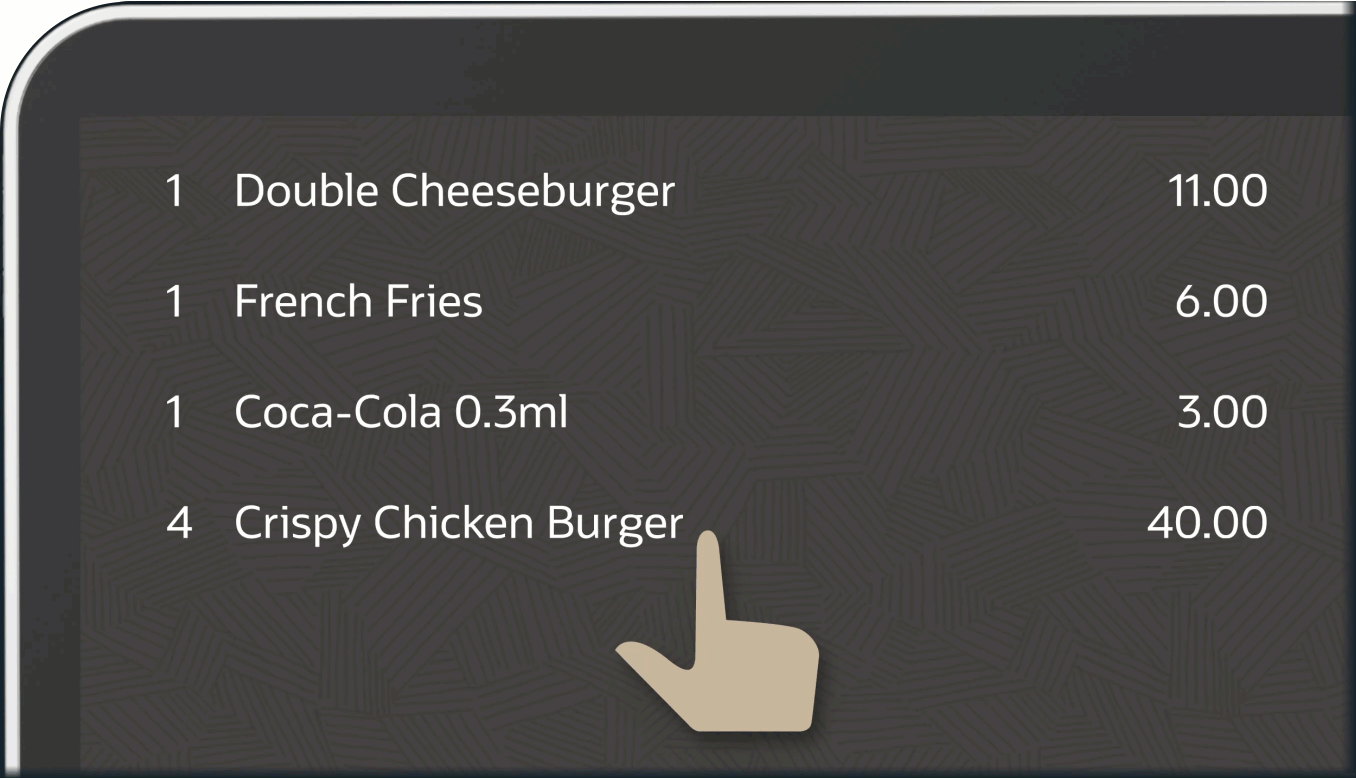
3. Make menu changes fast
You can do a variety of changes to the menu, all in a couple of clicks:
- Add or remove menu items in seconds;
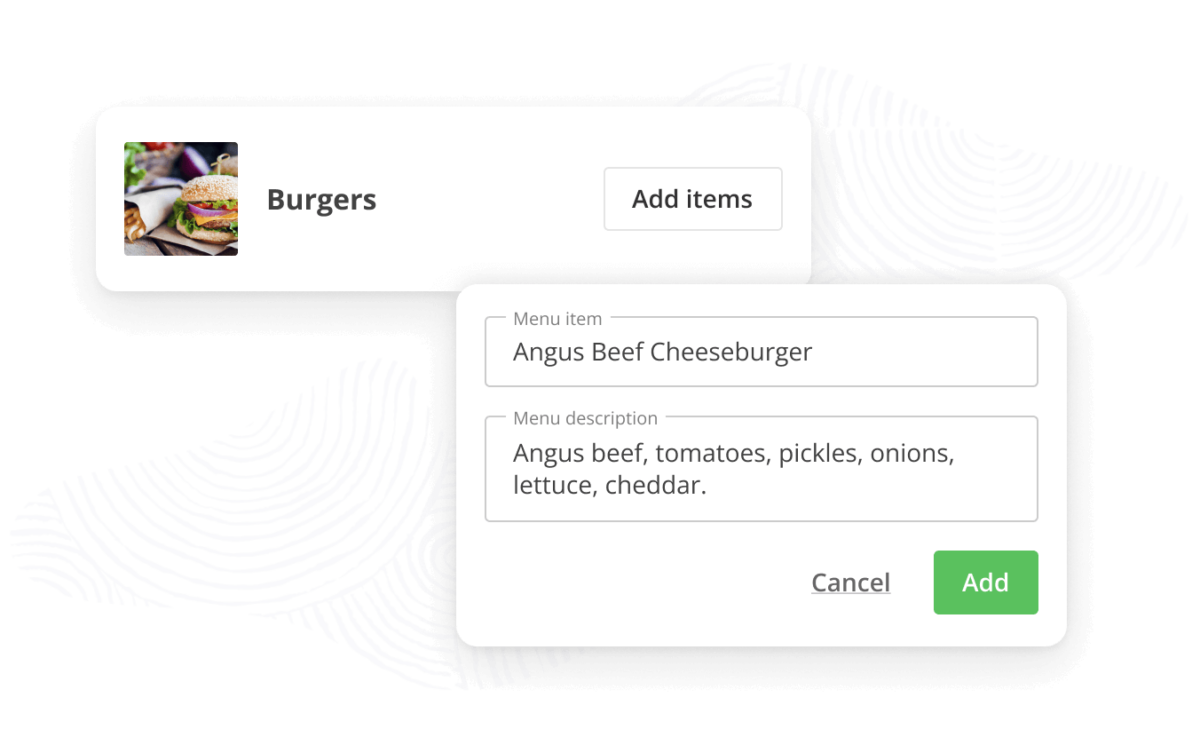
- Allow people to customize their dishes by creating a variety of modifiers such as toppings and dressings;
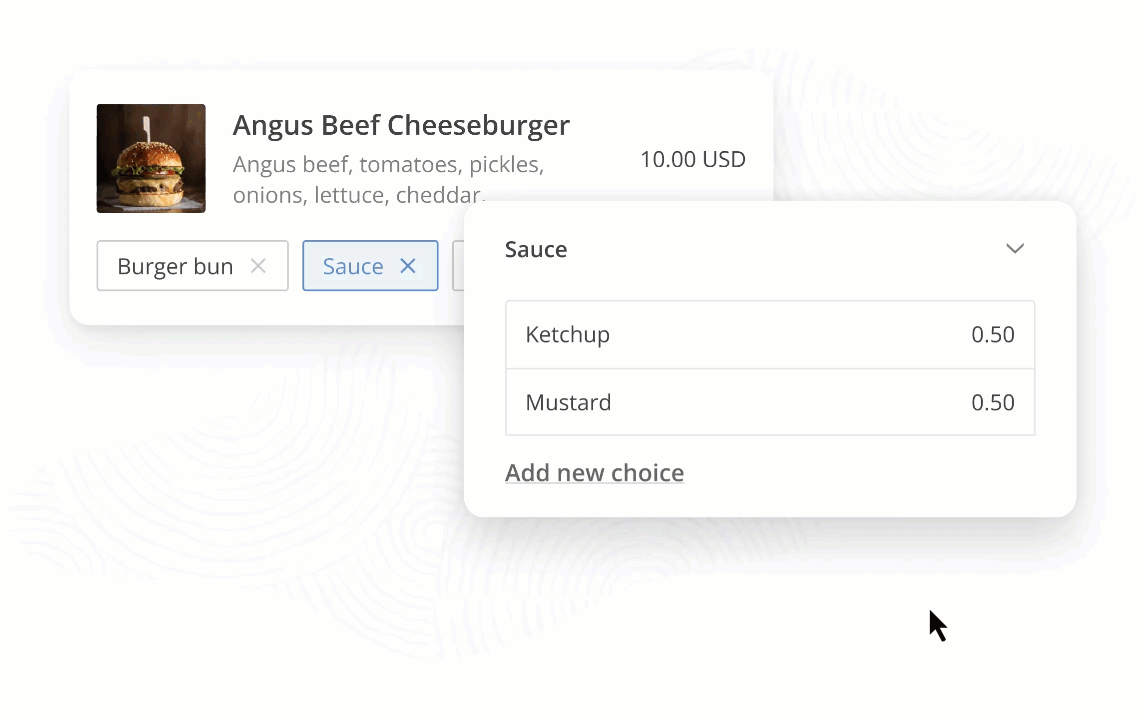
- If you run out of ingredients, mark items as out of stock or hide them from the menu.
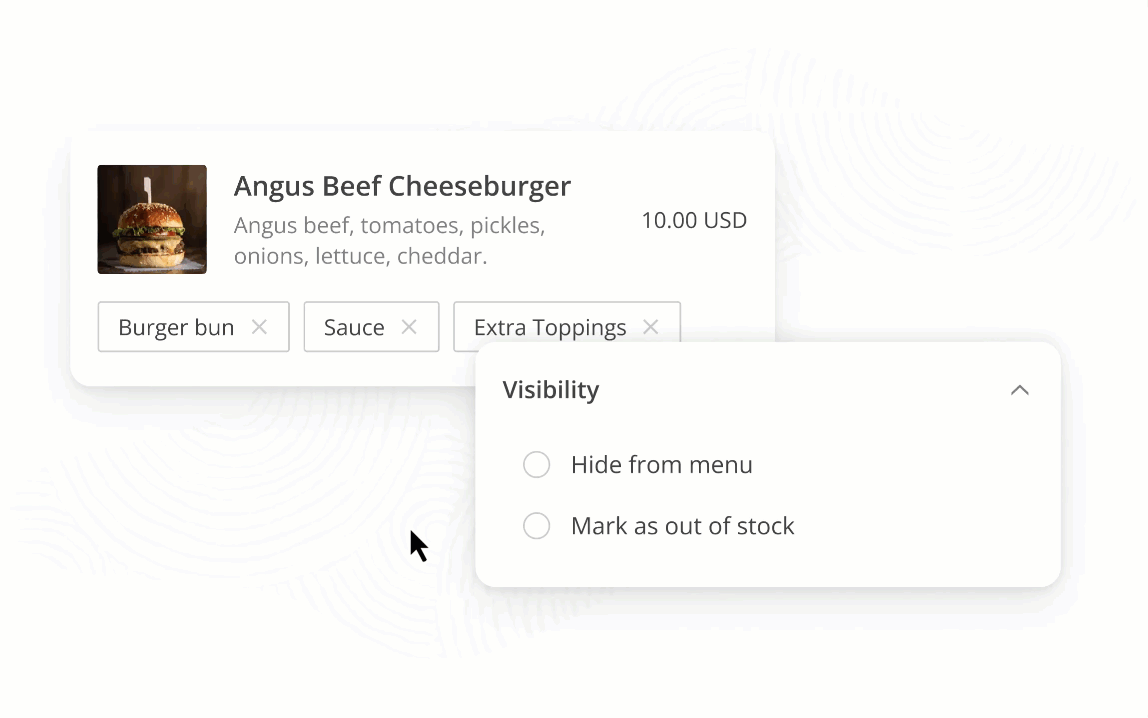
4. Identify your popular dishes
Check out the food truck analytics module to find out what your most popular dishes are, what menu items are rarely ordered, when your slow period are, and much more.
This will help you to make data-based decisions that will better your business, like removing the worst-selling dishes from your menu.

5. Accept a variety of payments
Cater to your customers’ payment preferences by allowing them to pay:
- On-site with different online payment methods, be it using card, phone, or smartwatch;

- Using a QR code;
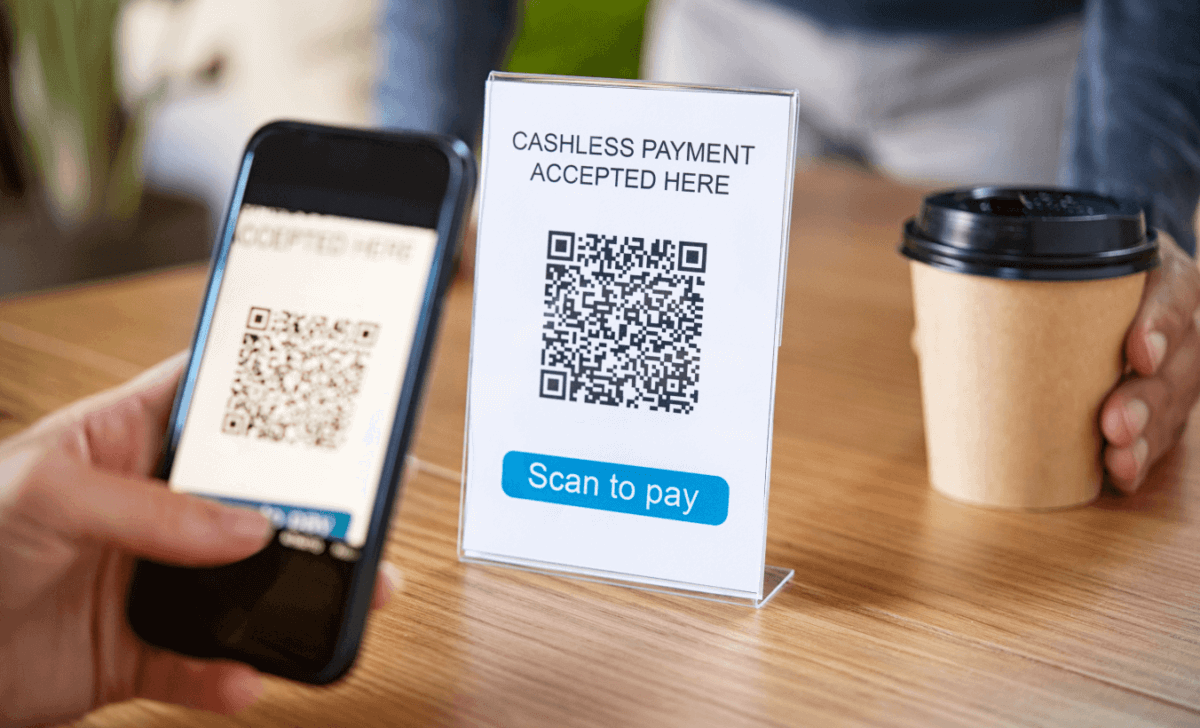
- Pay in advance for scheduled orders to unlock a new income stream.
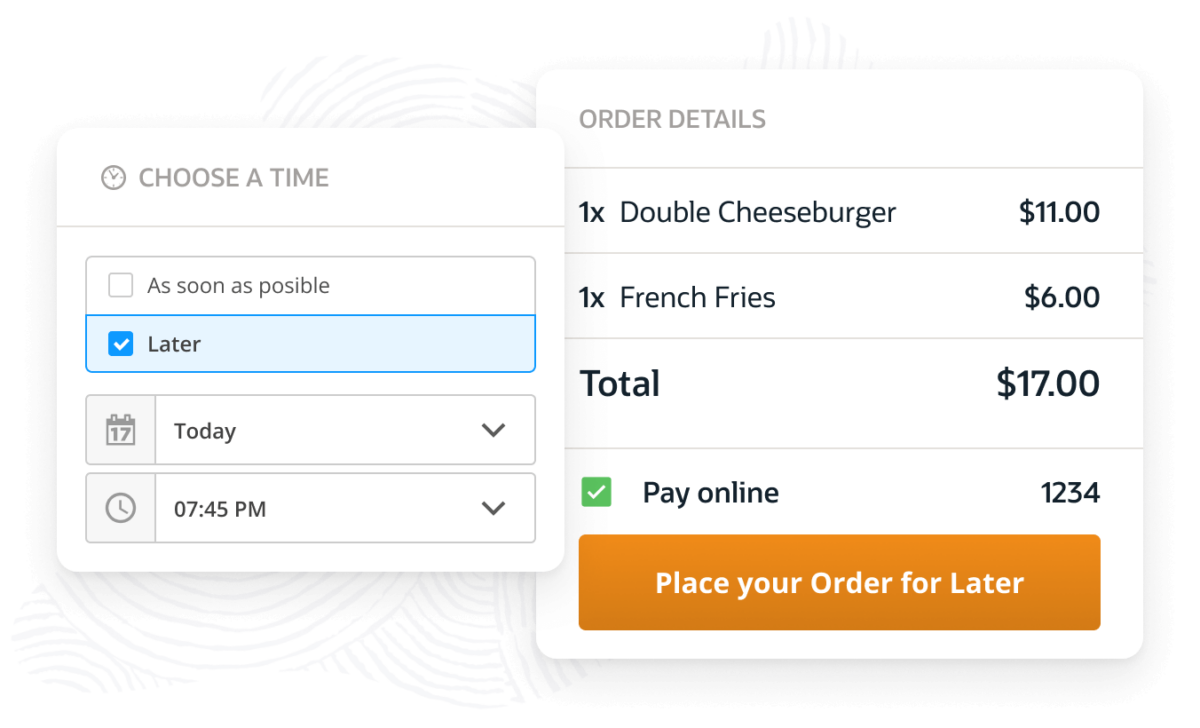
6. Offline mode
Inevitably, at some point your internet will be down. But if you use the GloriaFood POS that won’t interfere with your service because you will still be able to process orders & payments.
All you have to do to complete payment processing is to simply get back online within 24 hours.

Now you no longer have to wonder “what do I need to start a food truck”, as you know the answer starts with the GloriaFood POS system. You will enjoy every step of the intuitive set up process and the benefits of offering customers fast service.
Increase operational efficiency with a dedicated food truck POS
Order your free POS starter kit now and enjoy more happy customers
Get my food truck POS7. Hire the necessary staff
Employees are the backbone of your business, so you must pick great ones from the start if you want to run a successful food truck. First, decide on how many employees you need and how many you can afford at the start.
Afterward, create a clear list of responsibilities for the job openings and hold thorough interviews where you find out about the candidate’s experience, values, and expectations.
Once you choose the best employees, you need to provide them with adequate training, so they are knowledgeable and efficient at their jobs.
The GloriaFood POS system can help you with that!
The system is equipped with a training mode that allows new staff members to learn about all the stages of accepting POS and online orders, without impacting your financials.

Once the employee has learned the ropes, you can disable the training mode to provide them with access to wider POS functions.
GloriaFood POS also has a lot more amazing features that help you manage your staff, such as:
- Fast POS login with RFID cards to help move the line faster;
- Assign different responsibilities to employees, such as only allow the manager to access financial operations;
- Get a clear overview of each employee’s transaction logs, including payments, placed orders, and refunds;
- Add and remove employees in a couple of clicks.
8. Look for perfect locations for your food truck
Another obvious answer to what you need to start a food truck is a great location. Compared to conventional restaurants, food trucks give you the flexibility to go where your customers are. Here are a few tips to identify the perfect location for your business:
- Choose places with a lot of foot traffic: some great examples are parks, business districts, and markets;
- Identify the places where your target audience is: who are the people that usually buy from you? Are they mostly students, office workers, or families?
- Find places where you can safely and legally park: you don’t want to risk getting a fine just to be two yards closer to an office building;
- Try to avoid setting up near direct competitors: when clients are faced with two choices that are very close, they may not choose your food truck, so you will lose clients.
9. Create a website and enable pickup & delivery
Once you are all set up and ready to welcome clients, it is time to deal with another important step of how to start a food truck: getting the word out about your business. Foot traffic is not enough for a sustainable food business.
You need to increase your online visibility, so hungry clients will find you when they search for your type of cuisine in their area.
The most important step to getting noticed online is to have an SEO-optimized website that will give clients all the information they need about your food truck.
If you want to rank high in Google searches, use our restaurant website builder to generate a sales and SEO-optimized website.

It will only take a few minutes for you to get an intuitive website with built-in online ordering, so you can unlock a second revenue channel and boost sales.
You will also get access to a powerful Reports module, so you can have an overall view of your restaurant’s online data.
Ensure your food truck website ranks on the first page of Google
Generate a sales and SEO optimized website in seconds
Get my food truck website10. Create a bulletproof food truck marketing plan
Another important answer to “what do I need to start a food truck business” is obviously promotion. How can potential clients know about your business if you don’t boast about it?
If you want to have a constant line of clients waiting to order your delicious products, you need to invest time and money in marketing. Especially when you have just opened a food truck, you need to create buzz around your brand to attract your first clients.
Here is what you must not miss when you create a food truck marketing plan:
- Post regularly on social media: you can also start with contests and paid ads to reach a larger audience faster and build your following;
- Create accounts on review platforms: so happy customers can leave a good review and build your reputation;
- Fill in your Google Business Profile: and update it regularly when you change your location and working hours, so people can easily find you;
- Run promotions: tempt new people to order for the first time and increase the average order value by adding irresistible promotions to your menu. Use the Promotions module from GloriaFood to set up a variety of offers in a couple of seconds;

- Distribute flyers promoting your online ordering service: with a small discount of 15% to get people to place their first orders; You can easily generate online ordering flyers directly from the GloriaFood dashboard and send them to print;
- Send out e-mail campaigns: to keep your food truck in clients’ minds. Take advantage of the Autopilot module form GloriaFood to prevent cart abandonment, encourage second orders, and re-engage customers. Learn more here:

Final Words
What you need to start a food truck? Knowledge, research, and efficient technology!
If you’ve reached the end of this article, you now have the information you need on how to start up your food truck, as well as the technology that will make your work easier.
Now it’s time for you to do some research and see if you can find a niche to launch your food truck. Good luck!
Frequently Asked Questions
To start a food truck with no money, you will have to secure funding. Here are a few options to obtain the necessary budget:
- Look for investors: present your well-crafted business plan to investors and convince them you have a viable and profitable idea;
- Take out a loan: if you can provide collateral, you can get a load to cover your start-up expenses;
- Start a crowdfunding campaign: market your food truck idea to family, friends, and strangers on the internet to gather funds.
To start a food truck, you will need the following licenses:
- Business License;
- Vehicle registration;
- Insurance;
- Fire certificate;
- Food service license;
- Employer identification number;
- Alcohol license.
The most profitable types of food trucks are the ones with low food cost. You have to pick menu items that cost little to produce, yet you can sell with a high mark-up, such as:
- Burgers;
- Tacos;
- Loaded fries.
To market your food truck, you must do the following:
- Create a sales and SEO-optimized website with the restaurant website builder from GloriaFood;
- Fill in your Google Business Profile with accurate information and a link to your website;
- Post regularly on social media and constantly reply to messages and comments;
- Consider paid ads on Google and social media to reach a bigger audience.
To make a menu for a food truck, you can use the online menu builder from GloriaFood. The menu creator is intuitive and enables you to make a menu customers won’t be able to resist. Ensure that you:
- Create separate categories to make browsing the menu easier;
- Allow people to customize dishes with toppings to increase profit;
- Add allergen and nutritional information to keep clients safe.
- 30+ Restaurant Industry Statistics in 2025: Stats You Can’t Afford to Ignore
- Restaurant Employee Training Checklist
- Your complete restaurant POS system Guide: How to Choose the Best Option for You
- How to Start a Soup Business in 2025: The Full Guide
- How to Start a Quick Service Restaurant: An Easy Step-by-Step Guide
- 1. Create a food truck business plan
- 2. Obtain the licenses and permits you need
- 3. Create an irresistible food truck menu
- 4. Buy or rent the food truck you’ll use
- 5. Purchase your food truck equipment
- 6. Get a dedicated food truck POS
- 7. Hire the necessary staff
- 8. Look for perfect locations for your food truck
- 9. Create a website and enable pickup & delivery
- 10. Create a bulletproof food truck marketing plan
- Frequently Asked Questions
Get your restaurant POS system
More than [[restaurants_number]] customers have advanced their restaurant businesses with GloriaFood
